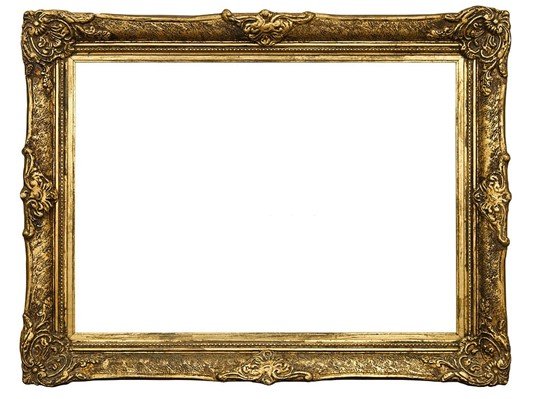Over the mantle hangs the intricately carved mirror, quietly protecting its best-kept secrets. It’s an excellent addition to your living room, bedroom, or even an entryway, and also a greatly admired piece of discussion amongst family and friends alike. Probably you never gave much notice to a delicately carved antique mirror, but the growing interest and inclusion of these in celebrity home makeovers have got you thinking about the history and significance of the vintage mirrors. The research process will demand some commitment and investigative work on your part. By using a combination of physical examination, analysis, and expert advice, you can uncover its antiquity and find out how valuable your vintage mirror is.
For the majority of the cases, the age of a mirror and its worth are strongly associated. Bulk-produced, late 20th century models, don’t hold a similar demand and competence as the same quality hand-crafted antique mirrors from the 17th century or earlier do. The very first step towards evaluating the worth of a premium reflector is to benchmark the period during which the mirror was manufactured. Start by scrutinizing your mirror extensively to see if you can collect sufficient data to make an accurate estimate about its age. Here are a few parameters that could help you reach a precise guess.
The quality of glass
A reflection of a vintage mirror’s silver mercury coating tends to break down and anneal over time, emerging as irregular fuzzy patches around the corners as well as over the mirror surface. If your mirror’s speckled patterns happen to appear too similar, it could be because it is a reproduced plate.
The measure of glass age can also be estimated through its color. Old mirror glass has a characteristic yellow or grey tinge to it. On the contrary, a mirror glass that sans any tint proves it to be either a new variant or a replaced glass. Sadly both situations will impact the mirror’s worth adversely.
The backside of the mirror: Old Mercury mirror
The compound that helps a plate of glass attain the reflective quality of a mirror is the metallic film used on the back of it. Throughout the years, the substances used to produce this effect have changed considerably. If we speak of a particular manufacturing process that was followed widely in the 16th century, it was distributing mercury as a thin film of tin, succeeded by placing the glass over it. It was the interaction between mercury and tin that ultimately triggered the glass to conform to the mirror-like surface. If you look closely, you’ll come to notice that most of the old mercury infused antique mirrors when becoming old, began to emanate a slightly shimmery appearance. To summarise it all, if behind the glass reflective surface happens to carry a trademark shiny, crystal look, it is definitely an artifact.
When it comes to vintage mirrors, apart from the mercury coating, you’ll notice that they typically have a wooden plate attached instead of a paper lining. You may also scrutinize the design by a thorough examination to ensure that all the nuts, bolts, hooks, and retainers are accurate to the time. In comparison to the contemporary, factory-made models, hand-made clips from the older times might look incredibly primitive and inconsistent. Investigate the back for a label or logo, which might indicate the manufacturer of the antique mirror or its country of origin.
The mirror frame looks classic and antique.
The overall quality of the product and material used to build a mirror frame serves a significant purpose in the value estimation of the mirror and to identify if it is vintage or not. Start by looking for shortcomings that differentiate between an artisan mirror and its perfect replica. Considering the primitive nature of the product, a genuine antique mirror framing should reflect a good amount of fading and wearing signs— even somewhat damage in a few cases.
Materials that were increasingly used during the 17th or 18th century to construct mirror framing included baltic birch, veneered wood, and a mix of plaster or metal. Also, do not forget to look through the mirror framework for detailed curative work— A messy or noticeable repair job is enough to diminish its worth.
Graceful aging
On the reverse side of an antique mirror, there is a reflective coating, which could be made either out of tin and mercury or even a layer of silver metal in some cases. This very layer tends to be oxidized as the time rolls by, which results in the appearance of blurred or smudgy patches that you may notice on the glass when staring through the edge. It is a sure shot sign of a genuine vintage product that has aged gracefully. Also, these blotches are going to be irregular in the pattern— again, any similarity here might mean that the product is counterfeit.




